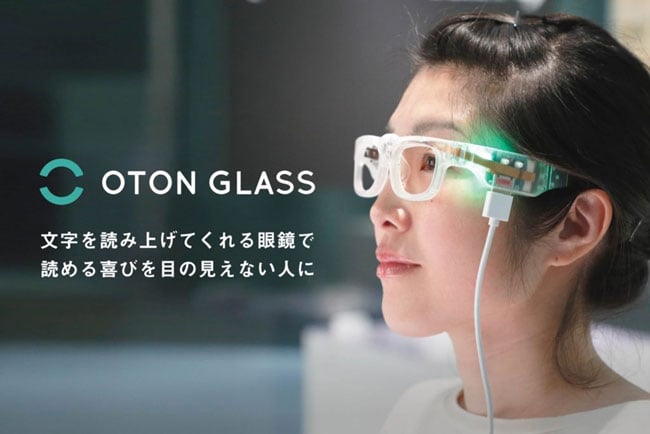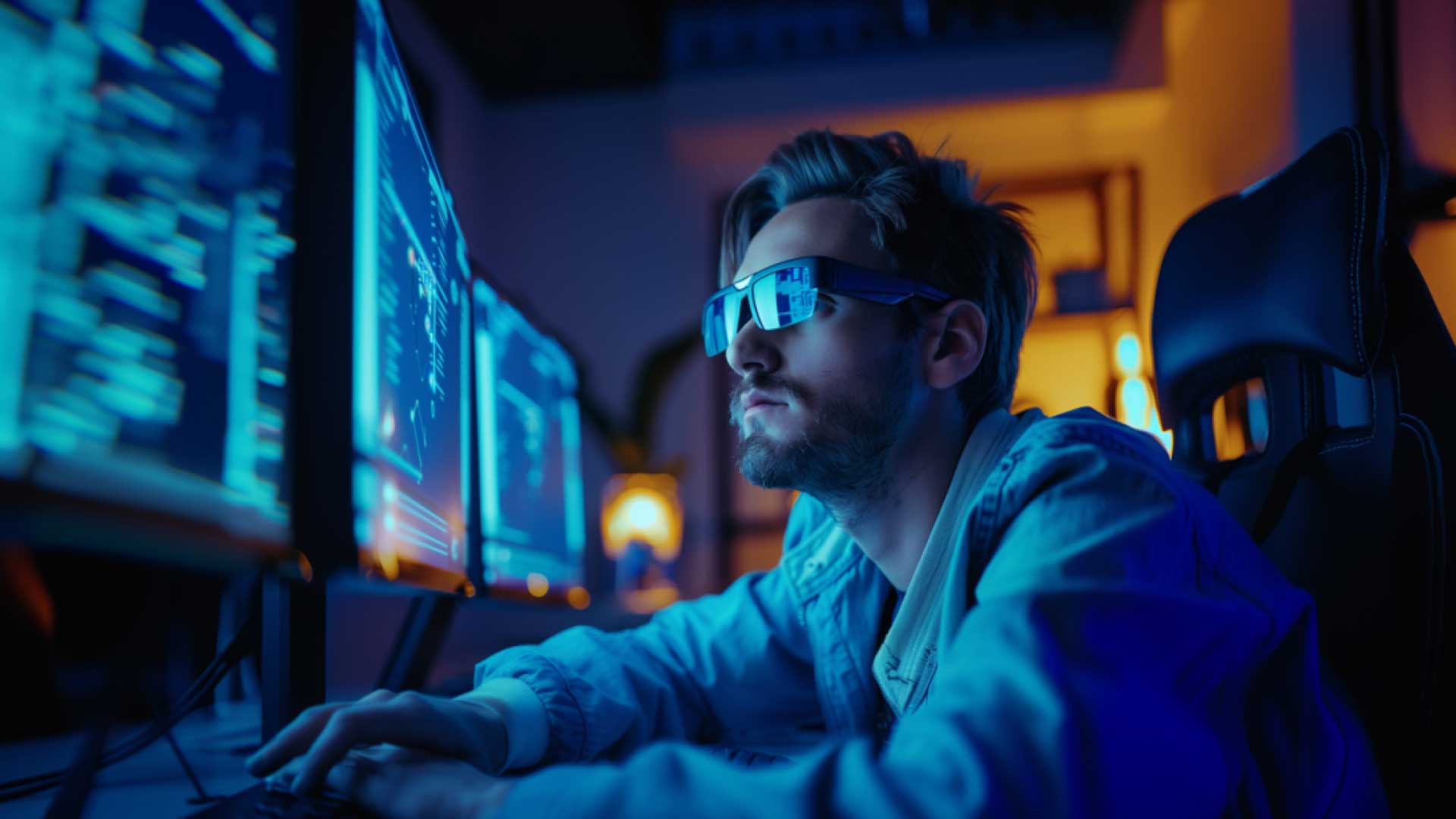AI-Powered Visual Aids: The Next Step in Assistive Technology for the Blind
AI-Powered Visual Aids: The Next Step in Assistive Technology for the Blind
Blog Article
Discover Advanced Assistive Instruments for Individuals With Aesthetic Impairments
The landscape of assistive technology for people with visual disabilities is developing quickly, offering an array of ingenious gadgets that enhance freedom and engagement. From smart glasses that effortlessly combine aesthetic input with acoustic guidance to advanced navigating applications that redefine spatial awareness, these tools are reshaping possibilities.
Smart Glasses Innovations
Smart glasses represent a considerable innovation in assistive modern technology for people with aesthetic disabilities. Furnished with video cameras and sensors, clever glasses can capture real-time aesthetic details, which is then refined and shared to the individual with sound comments or haptic experiences.
In addition, advancements in synthetic knowledge have actually even more improved the capabilities of wise glasses. Equipment learning formulas can identify faces, read text, and identify things, making them vital devices for daily tasks. Individuals can receive auditory signs that supply context regarding their setting, promoting self-reliance and confidence.
Additionally, the ergonomic style and lightweight nature of many wise glasses make them ideal for extended usage, making certain convenience while improving functionality. As these tools proceed to develop, they hold the prospective to revolutionize the method individuals with aesthetic impairments experience their day-to-days live, bridging the gap in between accessibility and technology. The ongoing r & d in this area pledge to increase the opportunities for wise glasses, making them a vital element of modern assistive gadgets.
Navigation Application and Tools
Many navigation apps and devices have become important sources for people with visual impairments, considerably boosting their capacity to traverse unknown atmospheres. These innovations take advantage of GPS capability, audio hints, and real-time data to give users with accurate navigation support.
One noticeable example is the Aira app, which links individuals to qualified agents that can give aesthetic descriptions of surroundings and navigation advice through a live video clip feed. This solution enhances the individual's spatial awareness and confidence while browsing. Another significant device is Seeing Eye GPS, which provides voice-guided navigating and sights, allowing customers to accessibility important details concerning their environments.

As innovation remains to development, the advancement of extra sophisticated navigation devices promises to additional encourage people with visual problems, assisting in seamless flexibility and combination into varied environments. Such advancements are important in advertising a more comprehensive culture.
Braille Innovation Developments
In the last few years, developments in Braille innovation have substantially changed exactly how individuals with visual impairments gain access to information and engage with the world around them. The advancement of mobile Braille screens has changed reading by permitting users to connect wirelessly to tablet computers, smartphones, and computers. These devices convert message right into Braille in real-time, allowing seamless interaction with electronic web content.
In addition, ingenious Braille printers have arised, improving the manufacturing of responsive materials. Modern embossers are quicker and extra efficient, enabling the fast production of Braille papers and academic products. This effectiveness minimizes the moment and expense connected with creating Braille resources, making them more available to institutions and organizations.
Additionally, the integration of Braille with various other modern technologies, such as expert system and artificial intelligence, has actually opened new avenues for customized understanding experiences. Voice acknowledgment and synthesis innovations can complement Braille, providing an inclusive approach to info circulation.
As the need for inclusive education and office settings expands, these technological developments play a vital function in empowering people with visual disabilities, guaranteeing they have equivalent access to details and chances in visit their website various aspects of life.
Wearable Instruments for Independence
A growing variety of wearable tools is boosting independence for people with visual disabilities, using cutting-edge services that boost navigation and day-to-day living. Braille displays and notetakers. These gadgets make use of advanced innovations to provide real-time feedback and assistance, advertising freedom in numerous environments

Wearable technology likewise consists of smartwatches that can be programmed with accessibility features, enabling users to get alerts, track their locations, or perhaps call for aid with the touch of a switch. Some gadgets integrate synthetic knowledge to examine the environment, offering sound summaries of close-by items or individuals.
Voice-Activated Assistive Solutions
Leveraging voice-activated assistive services has changed the landscape of assistance for people with aesthetic disabilities, giving hands-free communication and accessibility to a variety of jobs. These modern technologies make use of all-natural language processing and expert system to allow customers to do day-to-day tasks through straightforward voice commands.

Moreover, recent innovations in voice acknowledgment precision have enhanced the customer experience considerably, fitting diverse accents and speech patterns. This inclusivity guarantees that more people can gain from these modern technologies, promoting a greater sense of autonomy.
Verdict
Finally, the development of innovative assistive tools considerably enhances the independence and high quality of life for people with aesthetic problems. Innovations such as smart glasses, navigating apps, Braille modern technology, wearable devices, and voice-activated solutions jointly cultivate an even more inclusive atmosphere. These special info modern technologies empower customers to navigate their surroundings with self-confidence and engage even more fully with the globe, eventually advertising higher access and equivalent chances for individuals facing aesthetic challenges.
The landscape of assistive modern technology for individuals with visual problems is developing swiftly, offering a variety of cutting-edge gadgets that boost autonomy and interaction.Smart glasses represent a considerable development in assistive technology for people with aesthetic disabilities. As these gadgets continue to progress, they hold the prospective to reinvent the way people with visual impairments experience their day-to-day lives, bridging the gap in between accessibility and modern technology.In recent years, advancements in Braille modern technology have substantially transformed exactly how individuals with aesthetic problems accessibility information and engage with the world around them. These innovations empower individuals to browse their surroundings with self-confidence and engage even more completely with the world, eventually advertising greater availability and equal possibilities for individuals facing aesthetic challenges.
Report this page